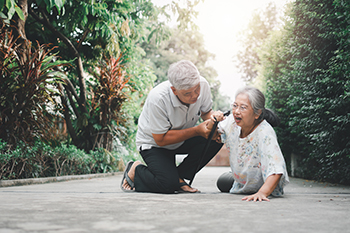
Athlete’s foot, also known as tinea pedis, is a common ailment caused by a fungal infection. It typically causes a skin rash characterized by itching, peeling, and cracking of the skin between the toes and on the sole of the foot. Since athlete’s foot is highly contagious, it can easily be spread to other people and other parts of your own body. Walking barefoot in swimming pool locker rooms and gym showers are common ways to obtain it. The fungi then continue to breed in your shoes, which can provide a moist, warm environment where the fungi thrive. Sharing towels or clothing that has been infected is another way it spreads. The three main types of athlete’s foot infections are toe web, moccasin type, and vesicular. Toe web infection usually forms between the toes. Moccasin type infection starts with soreness and spreads to the sole and heel, and in severe cases can infect toenails. Vesicular infection erupts into blisters, usually on the sole of your foot. Treatment of athlete’s foot depends on which type of infection you have developed. Ceasing the spread as soon as possible is essential, therefore, it is a good idea to immediately consult a podiatrist for a diagnosis and treatment plan.
Athlete’s foot is an inconvenient condition that can be easily reduced with the proper treatment. If you have any concerns about your feet and ankles, contact Cary Golub, DPM from New York. Our doctor will treat your foot and ankle needs.
Athlete’s Foot: The Sole Story
Athlete's foot, also known as tinea pedis, can be an extremely contagious foot infection. It is commonly contracted in public changing areas and bathrooms, dormitory style living quarters, around locker rooms and public swimming pools, or anywhere your feet often come into contact with other people.
Solutions to Combat Athlete’s Foot
- Hydrate your feet by using lotion
- Exfoliate
- Buff off nails
- Use of anti-fungal products
- Examine your feet and visit your doctor if any suspicious blisters or cuts develop
Athlete’s foot can cause many irritating symptoms such as dry and flaking skin, itching, and redness. Some more severe symptoms can include bleeding and cracked skin, intense itching and burning, and even pain when walking. In the worst cases, Athlete’s foot can cause blistering as well. Speak to your podiatrist for a better understanding of the different causes of Athlete’s foot, as well as help in determining which treatment options are best for you.
If you have any questions please feel free to contact our offices located in Williston Park, and Long Beach, NY . We offer the newest diagnostic and treatment technologies for all your foot and ankle needs.





